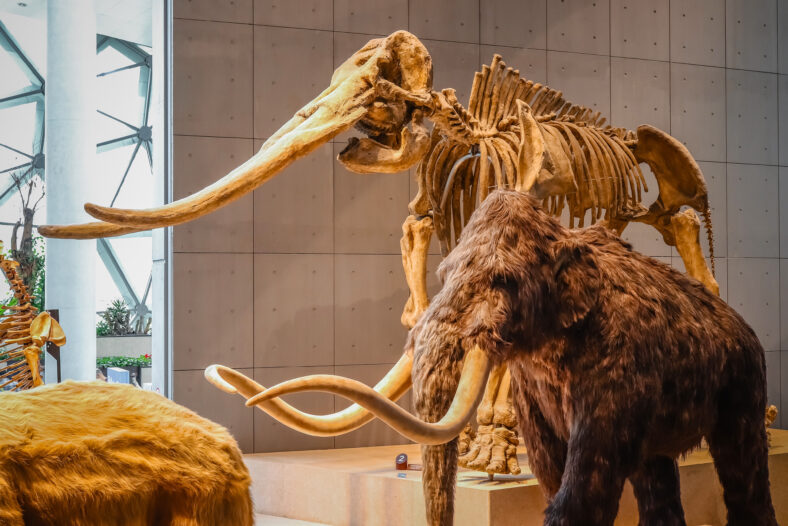28,000-Year-Old Woolly Mammoth DNA Might Just Help Scientists Recreate The Animal, Since It Shows Signs Of Life

In 2011, a remarkable 28,000-year-old woolly mammoth was dug out of the Siberian permafrost, where many extraordinary animals from the ice age have been found before.
Since the species met its end around 4,000 years ago, it was surprising to find such a well-preserved, ancient specimen.
During the years following its discovery, scientists have been studying the mammoth’s biological materials to see if it was still viable.
Through their efforts, a lot of progress has been made. Cells from the mammoth corpse showed “signs of biological activities” after they were infused into mouse oocytes, which are cells found in ovaries. They can form an egg cell after genetic division occurs.
“This suggests that, despite the years that have passed, cell activity can still happen, and parts of it can be recreated,” said Kei Miyamoto, one of the study authors from the Department of Engineering at Kindai University.
“Until now, many studies have focused on analyzing fossil DNA and not whether they still function.”
To determine whether the mammoth DNA could still function, researchers had to undergo a painstaking process. They started by extracting samples of bone marrow and muscle tissue from the creature’s leg.
Then, they examined the samples for any undamaged nucleus-like structures. Once they were detected, they were removed and combined with mouse oocytes. Mouse proteins were also added, revealing that some of the mammoth cells were capable of nuclear reconstitution.
Five of the cells exhibited evidence of activity that usually only takes place right before cell division. These results were unexpected and show promise for the future possibility of bringing mammoths back from extinction, although there is still a ton of work that needs to be done.

Sign up for Chip Chick’s newsletter and get stories like this delivered to your inbox.
“In the reconstructed oocytes, the mammoth nuclei showed the spindle assembly, histone incorporation, and partial nuclear formation; however, the full activation of nuclei for cleavage was not confirmed,” wrote the authors of the study.
The majority of mammoths died out between 14,000 and 10,000 years ago. But the mammoth featured in the study, which the research team has named “Yuka,” belonged to a population that managed to survive on Wrangel Island in the Arctic Ocean until 4,000 years ago.
Scientists are still far from being able to recreate an entire mammoth, but many researchers are confident that the feat can be accomplished somewhat soon.
For years now, the Harvard Woolly Mammoth Revival team has been working on introducing mammoth genes into the Asian elephant using a special gene editing tool. The project is for environmental purposes associated with climate change.
Overall, the findings suggest that even mammoth remains that are thousands of years old can still harbor active nuclei.
The details of the new study were published in the journal Scientific Reports.
More About:News





